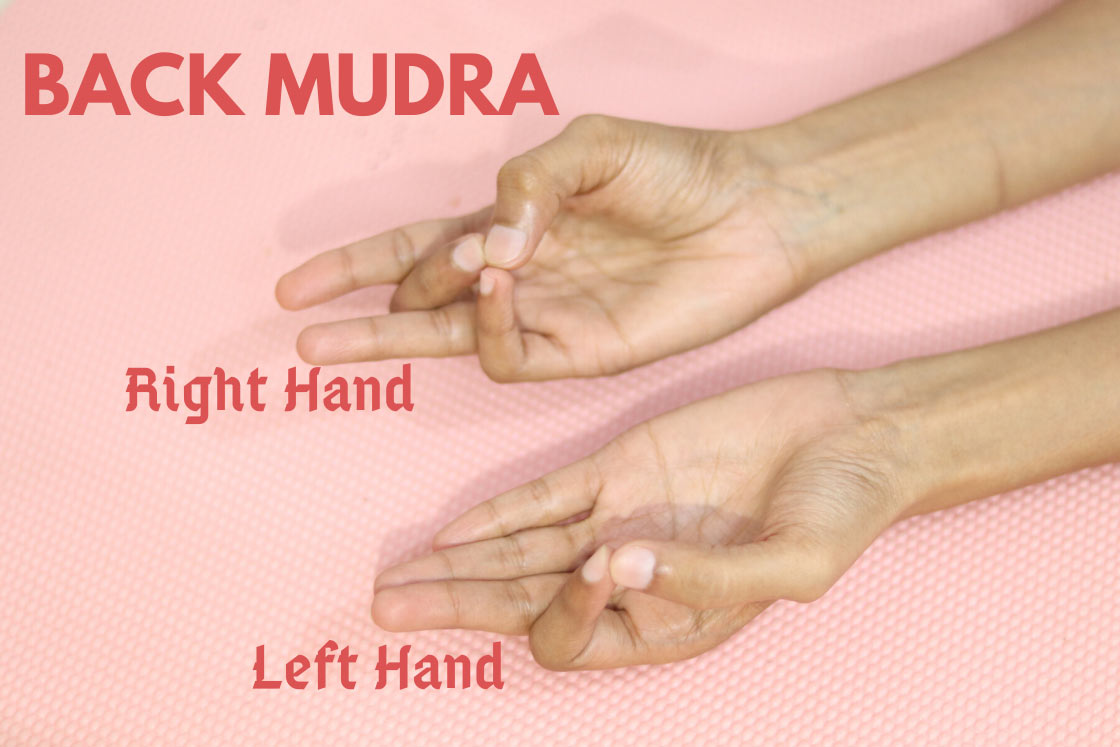
Back mudra is a healing hand mudra used in yoga to relieve back pain and strengthens back muscles. It’s also called kati mudra (Kati in Sanskrit means lower back pain).
This mudra is one of the effective mudras for those who have weak backs or suffering from backaches due to sudden jerky movement, long sitting posture, or lifting heavy objects. It relieves both acute and chronic back pain.
Normally back pain can arise due to many reasons. It’s considered serious when you’ve been in pain for over a week or pain extends to other body parts. These are the common reasons;
- Sitting for long hours in the same posture
- Lifting heavy weights
- Consistent bending or reclining position
- Wrong posture during sleep
- Driving a car or bike for a long period
These reasons can cause great tension and stress on the back muscles and the entire spinal column.
Back mudra hand gesture formation will give therapeutic and healing benefits to the back, especially to the lumbar region of the spine.
Also read: Yoga mudras to relieve body pain: neck and knee joint pain
How to Do Back Mudra?
The gesture of both hands is different in back mudra, which makes it unique from other hand mudras of yoga where usually both hand gestures happen to be the same.
To do the back mudra, on the right hand, join the tips of the middle and the little finger to the thumb and keep your index and ring finger straight. On the left hand, cover the nail part of the index finger with the thumb and keep the rest three fingers straight. Back mudra is more effective when it’s done with silent meditation.
- You can take a comfortable seated position preferably sukhasana or lay down in a supine position with the knees bent and the soles of the feet on the floor. Be comfortable and relaxed.
- Close your eyes and take deep breaths to stimulate a better flow of prana energy. Place your hands on the knees with palms facing upwards.
- On the right hand, join the tips of the thumb, middle finger, and little finger. The index finger and ring finger remain straight or can be slightly bent.
- On the left hand, cover the nail part of the index finger with the thumb and keep the rest three fingers straight.
- Visualize a relief from back pain in mind while keeping this mudra progressing.
- Additionally, you can chant OM for better concentration and vibration in the body.
- Practice this mudra for 15-20 minutes in one stretch.
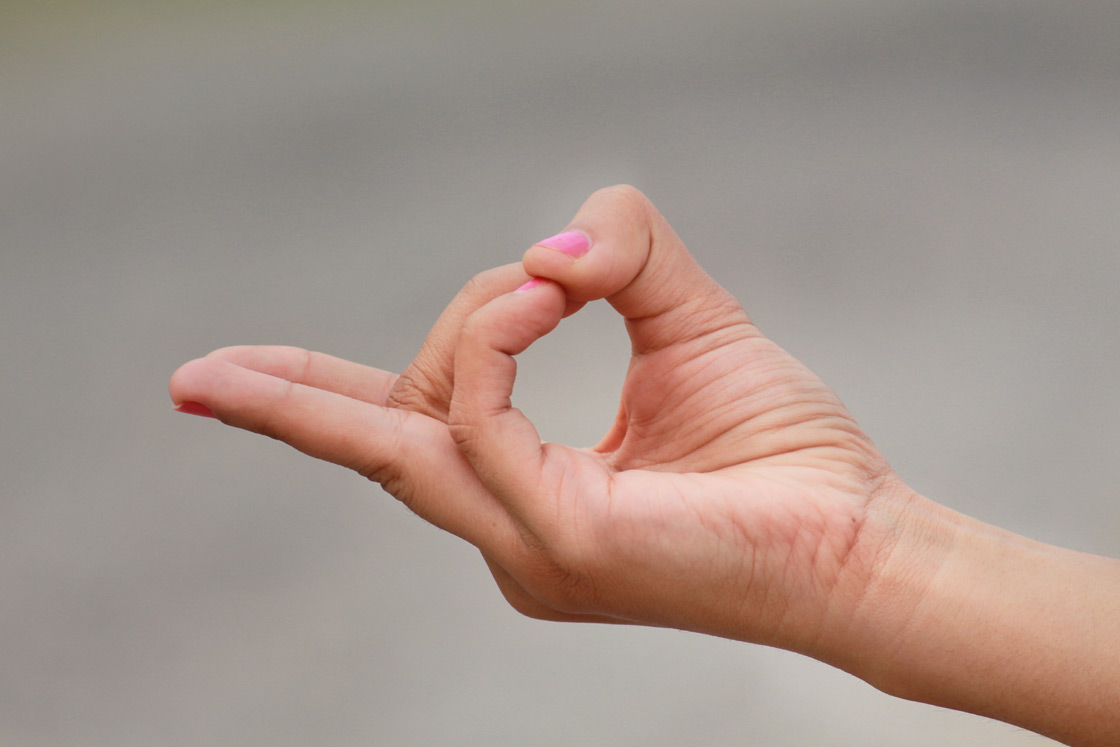
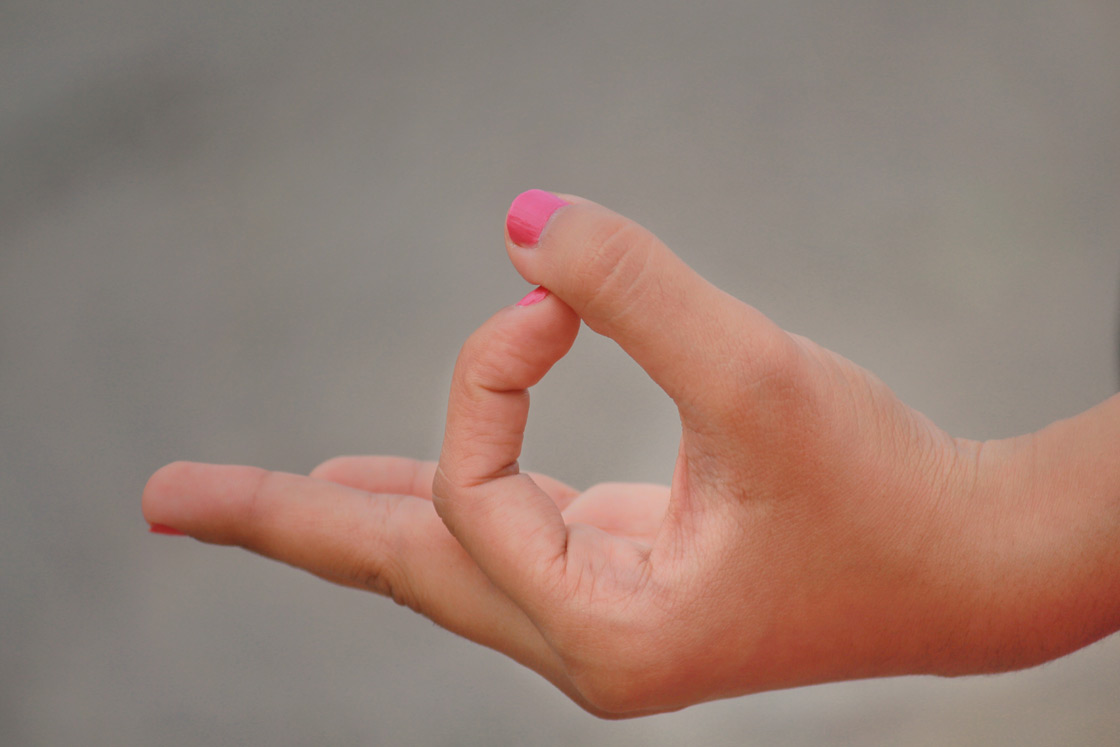
Also read: Merudanda Mudra (Back Pain Gesture)
Tips for Practicing Back Mudra to Alleviate Back Pain
If you’re unable to perform the back mudra while sitting in a cross-legged posture, try lying down on your back and placing your feet or legs on a chair. This position allows you to comfortably practice the mudra along with deep breathing.
Duration and Frequency
- Practice Duration: Perform the back mudra for at least 15 to 20 minutes in one stretch.
- Frequency: You can do it 2 to 3 times a day, whenever you have some free time.
- Location: This mudra can be done anywhere and at any time.
Consistency is Key
- Regular Practice: Continue practicing the mudra as long as you experience back pain.
- Patience: Do not expect immediate results. Healing takes time, so consistency is crucial.
Important Considerations
- Complementary Therapy: While the back mudra can be beneficial, it should not replace medical treatment or physical therapy.
- Combined Approach: For optimal results, practice this mudra alongside other therapeutic methods recommended by your healthcare provider.
By incorporating these tips into your routine, you can effectively use the back mudra to help manage and alleviate back pain. Remember, consistency and a holistic approach are essential for the best outcomes.
What causes back pain and how does back mudra relieve it?
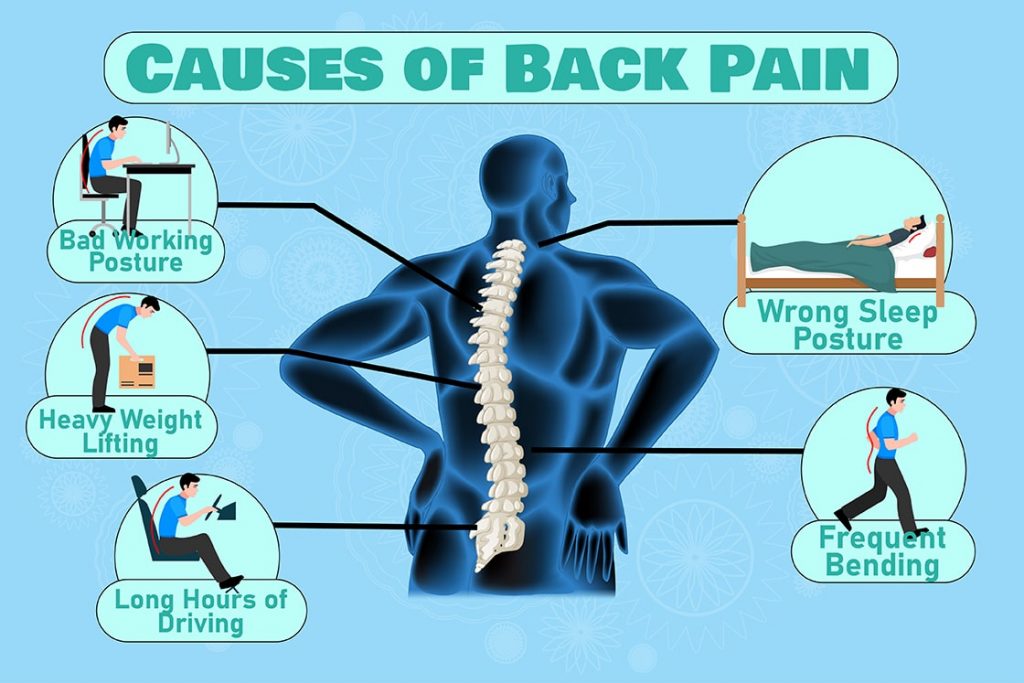
Back mudra is helpful in almost major problems related to the spine. This mudra eases the back muscles especially when back pain is caused by a sudden jerk or long seated posture.
Because of its healing property on the lumbar region of the spine, this mudra is also called kati mudra (lower back pain mudra).
There are many reasons for pain in our back. Let’s discuss what are some daily habits that cause backache.
- In our work, we often sit for long hours in the same posture. Lately, this causes back pain.
- Sometimes we lift more weight than our capacity, this produces high tension on our spine and causes back pain.
- While cleaning the floor, we make a declined position that creates a strain on our back muscles, resulting in back pain.
- Sometimes while sleeping, we came in some wrong postures, which causes pain in the back after we wake up.
- Driving a car or bike for a long period increases pressure on our spin. As a result, we suffer acute back pain.
- In our daily activities, we perform some bad postures (such as sitting too straight for long, standing straight and looking at the phone), which affects our back.
According to Ayurveda, Akash or ether element which constitutes the Vata dosha most commonly responsible for lower back pain while lack of fluidity makes back muscles stiff.
Back mudra is a half vayu mudra which aims to balance different elements of the body which are responsible for causing back pain. On the right hand, it balances the disturbed ether element and water element to make back muscles more flexible. While with the left-hand gesture, it soothes the pain arising from stiff back muscles.
Also read: Merudanda mudra for a strong back
Benefits of Back Mudra
When you do back mudra consistently over a period of time, it eases your backache and makes back muscles more flexible. Back mudra improves blood circulation towards the spine and the back muscles.
Back mudra alleviates the most common issues like muscle cramps and muscle tension. This mudra helps release the unexpressed anger stored in our lower backs which causes debilitating pain in the lumbar region of the back. Additionally, it also helps with improving the function of pineal and pituitary glands, improving hormone production.
You may also like: Yoga for back pain: 11 poses you can try and why it works!
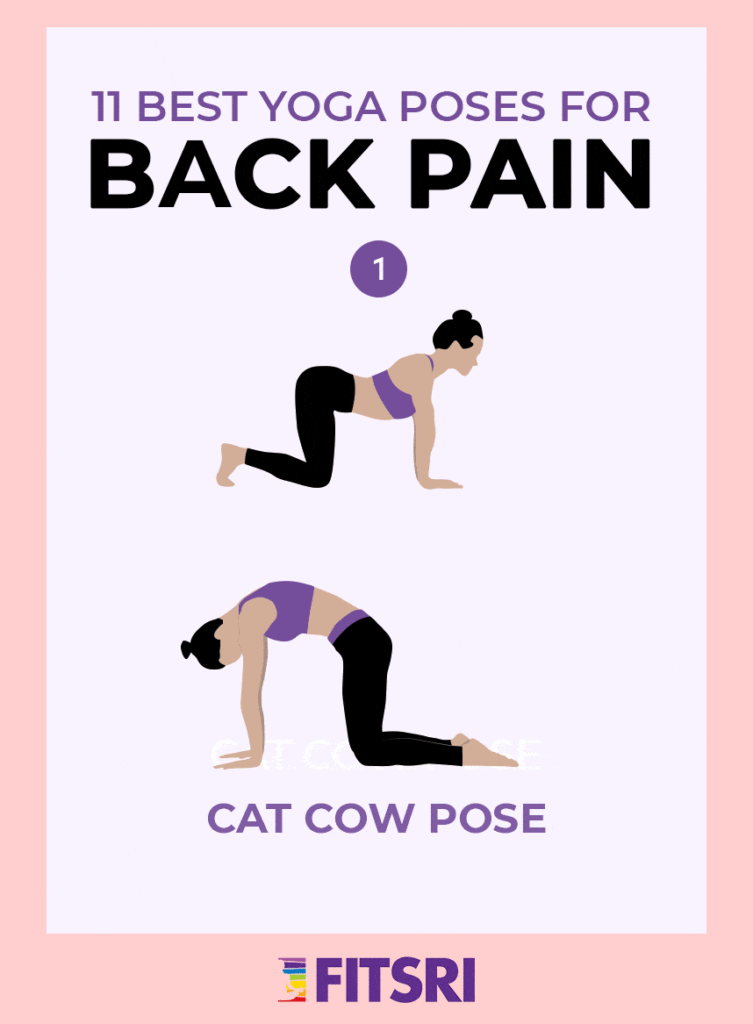
Conclusion
Back pain is one of the most common complaints of the current generation. Due to the busy lifestyle, some of us may not be able to dedicate time for yoga to focus on spine and back health. The back mudra is a boon for such people as it can be performed whenever you find your hands unoccupied. Practising it regularly will surely help with curing a weak back and chronic back pain.

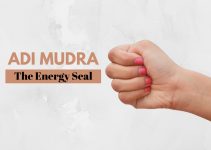



Hi, sunitha,
at least in AyurWiki it is mentioned, that apaan vayu (apana vayu, also called mritsamjivani) cures spondylitis; don’t know if it’s the same, but maybe give it a try, as mritsamjivani is a panacea and lifesaver from severe diseases as I’ve experienced by myself. Kind regards, Andreas
does holding back mudra cure cervical spondylosis?
Thank you kindly for sharing this mudra for relief of back pain and spinal health. I believe in the healing power of mudras and am looking forward to giving this one a try. Blessings.